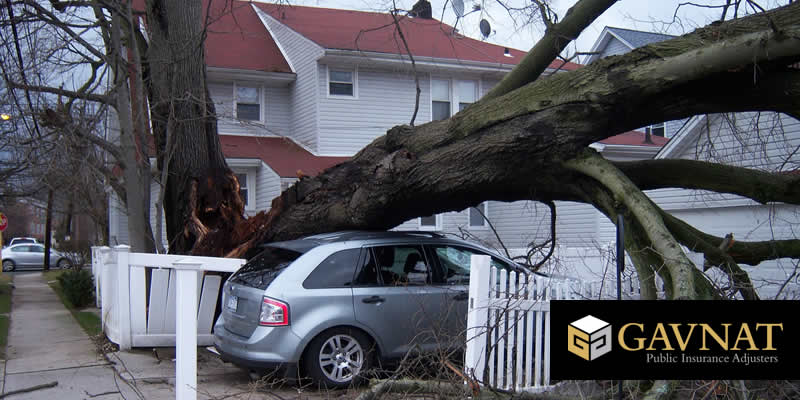
A stormy Monday morning brought wind and rain with speeds just short of being termed a hurricane. The storm ransacked every house that came in its way with an untold fury never witnessed before.
The first step you take to mitigate the aftermath of a storm is to have a licensed expert assess the damage done to your property. This needs to be done quickly because most insurance companies limit the period you have to file a claim.
A public adjuster can help you review your policy with regards to storm damage coverage and help you understand what will be covered and what will not.
Document everything.
It’s perfectly OK to document the storm damages and maintain a log of all the events with snapshots. Wait to clean-up until the claims adjuster has witnessed the damage and documented the damage first hand.
Get professional insight; Have a storm repair contractor assess the damages to your home from top to bottom, documenting everything.
Insurance Coverage is of prime importance:
The vast majority of homeowners have storms covered in their insurance policy. Read the fine print to know exactly what is covered and what is not.
Note: Sometimes a claims adjuster may deny insurance coverage because a home hasn’t been properly maintained.
What exactly constitutes a storm?
A storm can be defined as involving violent winds accompanied by hail, rain or snow. Gusts of wind have the power to lift up roof shingles and worn out shingles don’t stand a chance against the strong wind gusts. If a battered roof is exposed for too long, it will deteriorate faster and damages will spread to other parts of the roof.
Cracks and pores on the roof shingles can cause tiny openings which allow water to penetrate the roofing area causing a source of water leaks and other damages. Water damages look very harmless but pose a serious risk to roofs (and what’s underneath) in particular. Water damage can go unnoticed for several months.
Rock Granules in the Gutter:
Rock granules in the gutter can become a perennial source of problems with rains and winds washing away the asphalt granules. The roof then loses its protective armor causing it to become vulnerable to other damages. Persistent washing away of granules can weaken the roof so much that it may have to be replaced in the long run.
Roof Insurance against storms may depend on your location. Some policies are very favorable to the client and are quite comprehensive.